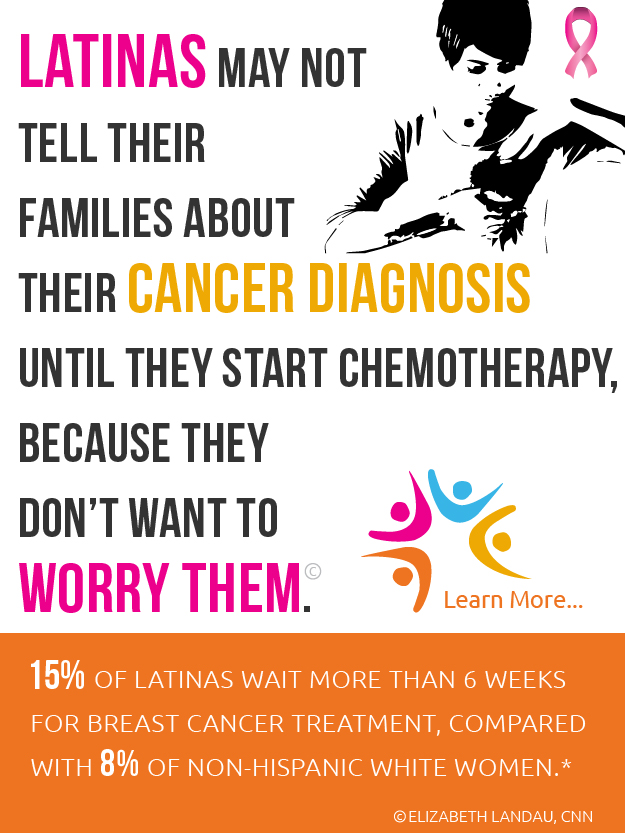
Protecting Our Children from the Risk of Diabetes in Their Adulthood
05/21/2015 10:15AM | 7360 viewsAs a follow-up to his article, Setting a Healthy Example Can Keep Kids Off the Path to Diabetes, editor-in-chief Marisa Salcines sat down with Dr. Raynald Samoa, Assistant Professor, Department of Clinical Diabetes, Endocrinology and Metabolism at City of Hope, to get his further thoughts and advice for parents concerned about the rising rate of diabetes in Hispanic children and young adults.
Marisa: How susceptible are Hispanic children to diabetes?
Dr. Samoa: We haven’t quite seen a diabetes epidemic yet, but there is an epidemic of obesity in this country. And that equates to an epidemic of diabetes risk factors. So even when a child doesn’t have it yet, it doesn’t mean they’re not at high risk for becoming diabetic as an adult – even a young adult.
Unfortunately, the fact that you might get a chronic disease in adulthood based on your actions today is lost on a child. To them, that is an eternity away and it’s hard for them to see the connection or the future benefit of making better choices – when they are hard-pressed to find any value in what’s happening next week or next month.
Marisa: What can parents do when their children are still at that age, when
it’s all about instant gratification?
Dr. Samoa: It’s really a family lifestyle issue. That is, if you want to raise healthy kids, you should be doing certain things already yourselves, eating nutritious meals, exercising, etc. This makes it easier to enforce similar behavior in your kids, which you can also reinforce with small rewards more in line with their short-term outlook on the world.
Think about how you get your child to brush his or her teeth. Rarely will you find a child that understands the concept of cavities, so by extension they don’t really understand the benefits of brushing their teeth. But as parents and adults, we know the importance and the value in it, so we influence their behavior in subtle (brushing our own teeth) and not so subtle ways (giving them an extra 10 minutes on their iPad before bed or some other small reward).
You can use the same techniques you use to prevent cavities to prevent diabetes, it’s just on a much larger scale because you’re trying to influence their entire lifestyle. If you’re successful, you’ll lessen the risk factors that lead to diabetes, to the point where they will be on their way to realizing the long term benefits even though they don’t fully understand them at the time.
Marisa: When do children start to grasp the long term benefits for
themselves?
Dr. Samoa: It’s very variable according to the individual child, if you look at the studies and literature on this. There are some kids who develop self-control a lot younger than their peers. Then there are some where you don’t see it happening until their mid-20s or so. It affects a wide range of behaviors and can be the difference between those who adopt healthy lifestyles vs. those with substance abuse issues, those who get a jump start on their careers vs. those who get involved in criminal activity, etc.
This is why it’s so important to understand the connection between what children understand and how they behave and how that will play out when they become adults. But it’s still difficult because even when the parents understand this connection, it also depends on the child’s maturity level, their willingness to keep doing what you tell them as they get older, and their ability to understand the long-term consequences of their actions.
Marisa: How can we draw on our heritage to make this connection in our
children?
Dr. Samoa: Identity with a group can be a strong motivator – and a powerful tool when kids don’t have the ability to process the long-term rewards in adulthood. Saying “you have to eat this way now because you don’t want to be fat or get diabetes when you get older” holds little weight with them; what will hold more weight is drawing a line in the sand regarding your identity. That holds more value, saying things like, “in our family, in our culture – we don’t eat this junk food or that fast food like other families outside our community.”
Unfortunately it can work the other way around, too. So you have to be aware of cultural nuances when trying to keep kids and their families healthy.
Marisa: Eating a lot and being large is a sign of wealth and success in
some cultures.
Dr. Samoa: Exactly. There’s the idea in some cultures that being large meant you had more resources. When someone links their economic status to their cultural identity, it can be a self-fueling thing that leads them to make unhealthy choices. So too the notion of scarcity and the stress that comes with it, which many cultures experienced as they were coming up.
Marisa: In those cases, where there’s a push to “fatten you up” when you’re
growing up, how do you get people to see the risk of future chronic disease?
Dr. Samoa: The growing rate of diabetes in the Hispanic population is making people aware of the risk. As more and more get diagnosed, they are looking at their kids differently and realizing that fatter doesn’t mean healthier.
But they’re still stuck in an environment where it’s too easy for kids to gain weight. Unhealthy food is cheaper and more convenient, and kids are more sedentary because of distractions like TV and video games.
Childhood diabetes is still relatively rare but these behaviors are setting them up for adult diabetes, which is showing up earlier, in their 30s and 40s. In childhood, you’re protected from derangements in how the body treats blood sugar (prediabetes), but as adults those protections go away. So you’ve really got to help them protect themselves by adopting a healthier lifestyle as early as possible.











Post your Comment
Please login or sign up to comment
Comments